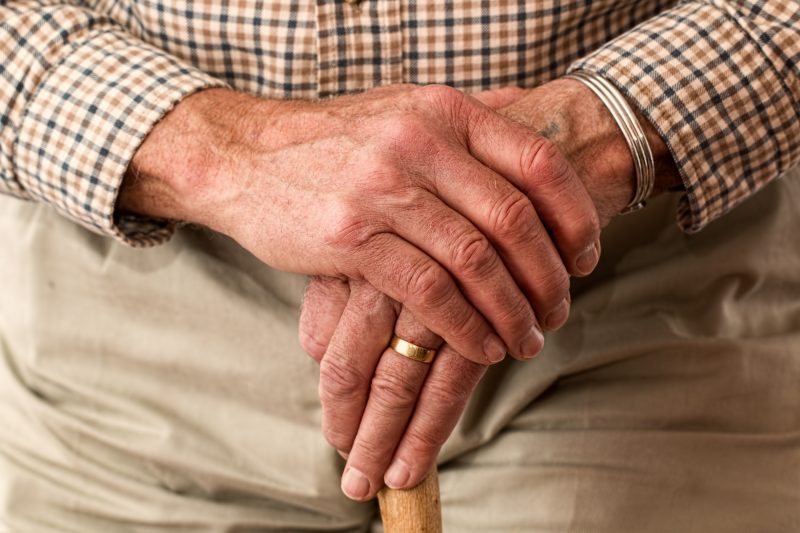Immigrants play a big and growing part of providing care for America’s elderly parents and grandparents
Gerald F. Seib explains the critical role of immigrants in caring for America’s elderly in The Wall Street Journal (Jan. 28, 2018): How a Heated Immigration Debate Might Affect Grandma’s Care
-
“America is getting older. Some 10,000 baby boomers reach the age of 65 each day. By 2050, a fifth of the U.S. population will be age 65 or older, the Congressional Budget Office projects, up from 12% in 2000 and 8% in 1950.”
-
“Moreover, this large contingent of Americans isn’t simply retiring; it will live longer after retiring.”
-
“As Americans get older and live longer, they will require more long-term care”
“So who provides, and who will provide, the help the elderly need getting in and out of bed, bathing, dressing, cooking, taking medication and simply coping? A growing number of immigrants provide that care.”
-
25% of home health aides, personal-care aides and nursing assistants are immigrants
“Moreover, the share of these workers who are immigrants has been rising, to 24% in 2015 from 20% in 2005. In some of the nation’s biggest states—New York, California, New Jersey and Florida—40% or more of these workers are immigrants. Among these immigrant workers nationwide, the PHI study found, 56% are citizens by naturalization, and 44% aren’t citizens.”
- There already is a shortage of such workers, and that problem may become more acute as demand grows.
- Demand for these workers is going to explode in coming decades
- The rate of disability and chronic conditions is increasing…
“We will need more people to fill that workforce gap, and immigrants are part of that solution.”
“Perhaps not surprisingly, many of these care workers come from countries that are in the crosshairs of the immigration debate. The largest shares come from Mexico, the Philippines, Jamaica, Haiti and the Dominican Republic.”
Source: Financial Planning for Women


